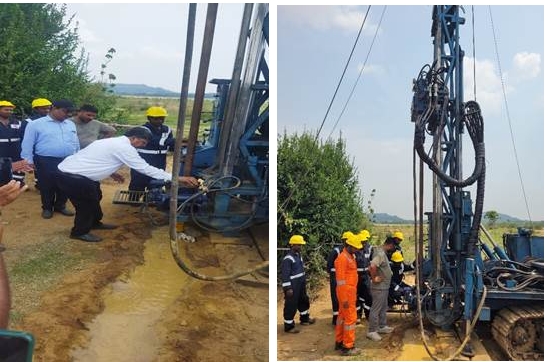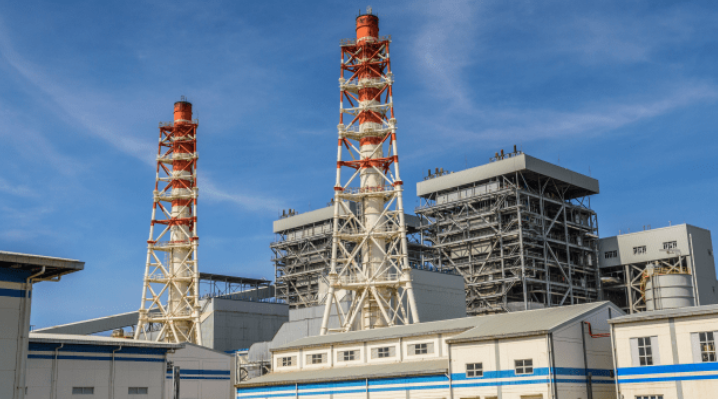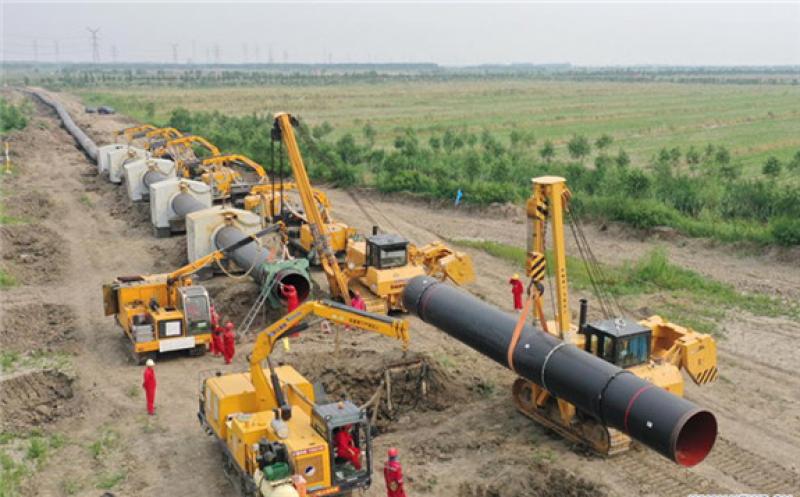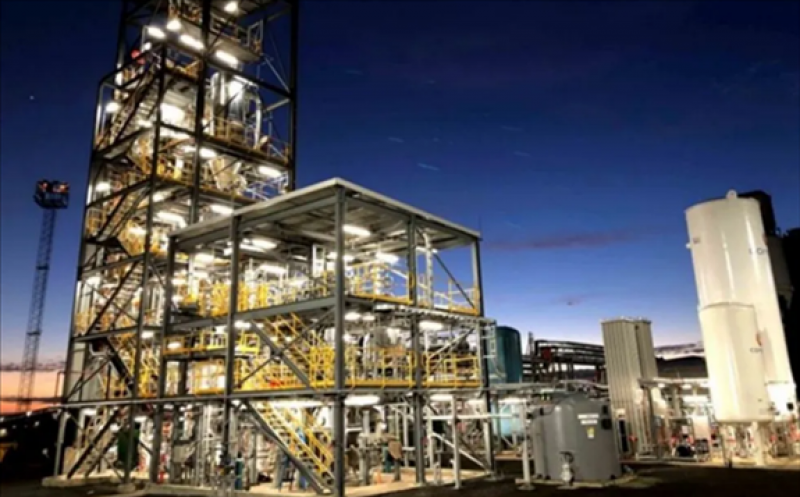Plans by New Mexico’s largest electric provider to replace the capacity that will be lost when it shutters a major coal-fired power plant in 2022 are being scrutinized by state regulators, including one who suggested Wednesday that the utility might need to seek new bids.
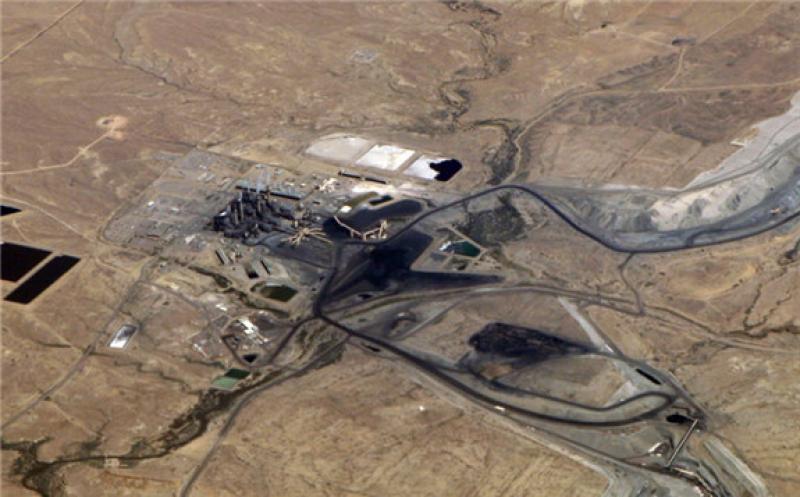
The plans call for a mix of new natural gas plants, solar arrays and battery storage to replace the San Juan Generating Station near Farmington. The state’s new energy transition law calls for siting of the new projects to be among the considerations as lawmakers wanted to help offset job losses and reductions in tax revenues that are expected for the community.
Public Regulation Commissioner Stephen Fischmann said during a meeting that when seeking bids, Public Service Co. of New Mexico did not clearly specify the preference for locating the new projects in the same area as the existing plant.
Fischmann said the only way to be fair to the people who live in the area is to ask the utility to conduct another round of bidding that provides more economic data and includes the location preference.
“If we don’t ask them to do that, there’s no one else out there to do it,” he said, urging his fellow commissioners to “give that careful thought” before making a decision in the coming weeks.
It will be up to the commission whether to sign off on PNM’s plan to purchase power and sign energy storage agreements with the developers of two solar and battery storage facilities. The other elements of the replacement plan will be reviewed and decided upon later this year.
The parties in the case agree that the hybrid solar-battery installations would be cost-effective and beneficial for PNM customers in the long run. One would be built on Jicarilla Apache tribal land and the other would be in McKinley County to the south.
The concern is that the installations wouldn’t do anything to preserve the property tax base for the local school district that has depended on the San Juan plant.
Supporters argue the economic effects of construction and operation would likely benefit San Juan County as well as McKinley and Rio Arriba counties.
The utility estimates the construction cost of the larger hybrid facility in McKinley County will total around $360 million and the one on tribal land will be closer to $70 million.
PNM and others have argued that the Energy Transition Act — adopted in 2019 — doesn’t require that all of the replacement resources be located within the Central Consolidated School District, which spans more than 2,800 square miles (7,252 square kilometers) in San Juan County. They have stated in filings with the regulatory commission that the aim should be a resource portfolio that provides the “greatest net public benefit.”
The school district, the San Juan County Commission, the city of Farmington and state lawmakers from the area are worried about the economic fallout, saying the utility should be required to put out a new request for proposals from bidders.
Hearing examiners who have been reviewing the case for the commission said in their recommendation that any decision will require policy judgments and “a balancing of interests.”
